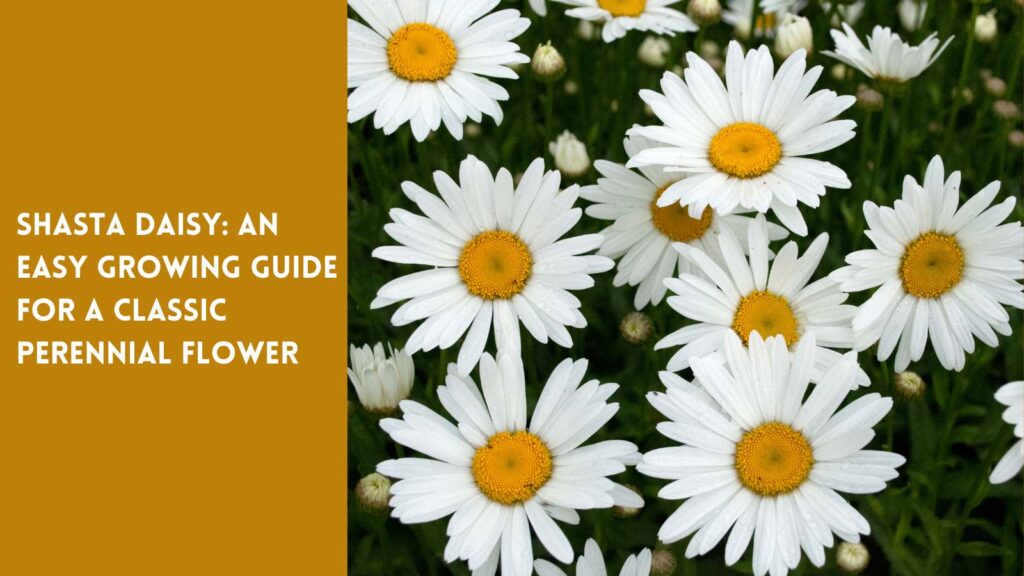Last Updated on: 17th October 2023, 08:38 pm
Here’s how to have a breathtaking array of spring flowers.
As the transition from summer to autumn begins in northeastern North Carolina, it’s an opportune moment to plan for the vibrant hues of spring. For those residing in USDA zones 7 and 8, September offers the perfect window to plant these stunning spring flower bulbs.
These bulbs will rest during the cold winter. Then, they prepare to emerge with vigor at the first signs of spring.
Why Is September the Best Time to Start Your Flower Bulbs?
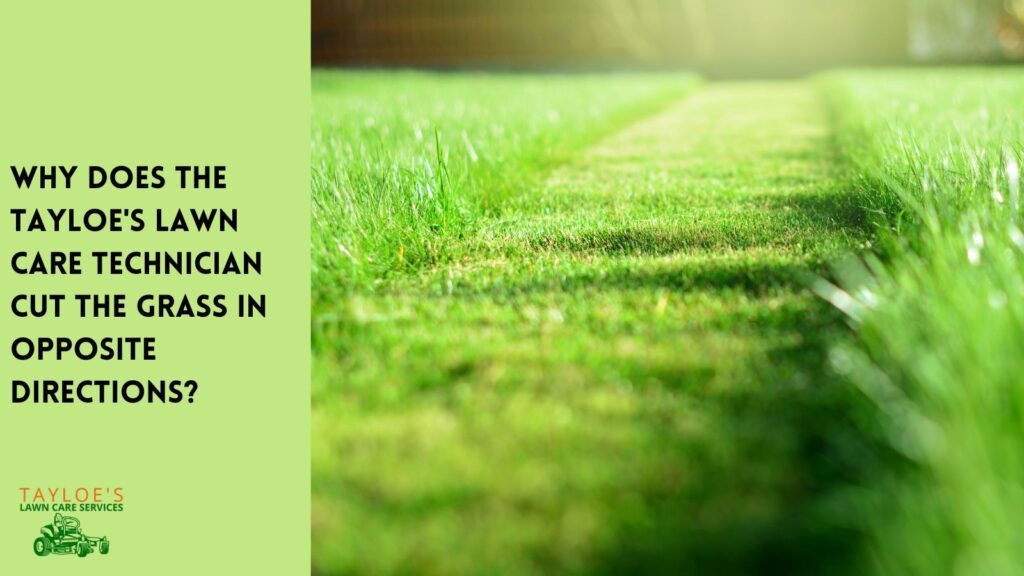
We recommend September as the best time to plant flower bulbs for several reasons:
- Soil Temperature: After summer heat, the soil cools in September but remains warm enough to facilitate root growth. Bulbs need to establish robust root systems before the ground freezes in winter, and the moderate temperatures of September provide an ideal environment for this.
- Winter Dormancy: Many spring-flowering bulbs require a period of cold dormancy to bloom. Planting in September ensures the bulbs are in the ground for winter, allowing them to undergo this necessary cold period.
- Natural Rainfall: Fall typically brings more consistent and ample rainfall, which helps newly planted bulbs establish roots without requiring frequent manual watering. This natural moisture aids in the initial growth phase of the bulb.
- Reduced Diseases: The cooler temperatures and reduced humidity in September can decrease the prevalence of fungal diseases that might affect bulbs. That makes it a safer time to plant compared to the warmer and often more humid months.
- Preparation for Spring: Bulbs planted in September have several months to establish themselves before they bloom in spring. This head start ensures they are well-rooted and ready to grow as soon as the conditions are right in spring.
- Avoiding Frost Damage: Waiting too late into the fall or early winter to plant can risk exposure to early frosts, which might damage them. September planting typically avoids this risk.
- Better Selection: Shopping for flower bulbs in September often means having the best selection at nurseries and garden centers. You’ll see more variety and choice in your garden design.
Planting flower bulbs in September leverages the benefits of moderate temperatures, natural rainfall, and reduced disease risk. As a result, the bulbs are well-established and ready to bloom come spring.
How to Use Flower Bulbs for Maximum Impact in Your Landscape Design
Spring bulbs are versatile and w various garden applications. Their vibrant colors, varied sizes, and unique shapes can enhance many garden designs. Here are some of the best applications for spring bulbs:
- Border Gardens: Spring bulbs are perfect for border gardens at the edges of lawns, pathways, or other garden areas. The sequential blooming of different bulbs can ensure a continuous display of color from early to late spring. For instance, snowdrops and crocuses can provide early color, followed by daffodils, tulips, and hyacinths as the season progresses.
- Pollinator Gardens: Many flower bulbs, like crocuses and hyacinths, attract pollinators. Bees, in particular, emerge early in the spring and seek out the nectar and pollen of early-blooming bulbs. These beauties can help support these essential insects throughout the spring season.
- Container Gardens: Not everyone has expansive garden spaces. Spring bulbs can be effectively grown in pots and containers, allowing for a burst of spring color on patios, balconies, or windowsills.
- Rock Gardens: Smaller flower bulbs can be a perfect addition to rock gardens. Their modest size complements the stones and alpine plants in these settings. Examples include irises and tulips.
- Woodland Gardens: Some bulbs, like bluebells and snowdrops, thrive in the dappled shade of woodland settings. They thrive under deciduous trees, blooming in the spring before the trees fully leaf out.
- Cut Flower Gardens: Tulips and daffodils are ideal for cut flower gardens. You can harvest them in the spring to create beautiful indoor floral arrangements.
- Theme Gardens: Flower bulbs can fit specific color themes or garden designs. For instance, one could plant a monochromatic garden using only white-flowering bulbs or create a patriotic display using red, white, and blue blooms.
- Mass Plantings: Flower bulbs are gorgeous en masse in large garden beds or fields. This approach creates a sea of color when the bulbs bloom and is especially effective with varieties like daffodils or tulips.
- Companion Planting: Spring bulbs can be lovely with other perennials or annuals. As the bulbs finish blooming, the companion plants can take over, ensuring a continuous display of color and interest in the garden.
Incorporating spring bulbs into these garden applications can provide aesthetic appeal, ecological benefits, and a joyful anticipation of spring’s return each year.
Ten Stunning Flower Bulbs for USDA Zones 7 and 8
Here are ten spring flower bulbs to consider for your garden:
1. Tulips (Tulipa)
- Bloom Time: Early to late spring
- Expected Height: 10-24 inches
- Description: A classic springtime favorite, tulips come in various colors and shapes. Ideal for borders, containers, and cut flowers for spring arrangements.
- Planting Tips for Tulips: Plant them 4-6 inches deep, with the pointed end facing up.
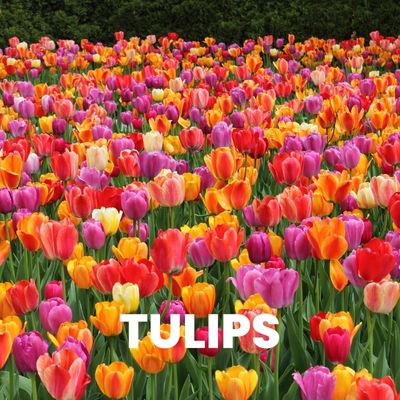
2. Daffodils (Narcissus)
- Bloom Time: Early to mid-spring
- Expected Height: 6-20 inches
- Description: These cheerful yellow or white flowers are a hallmark of spring. They’re deer-resistant and naturalize well.
- Planting Tips for Daffodils: Ensure good drainage and plant about 6 inches deep.
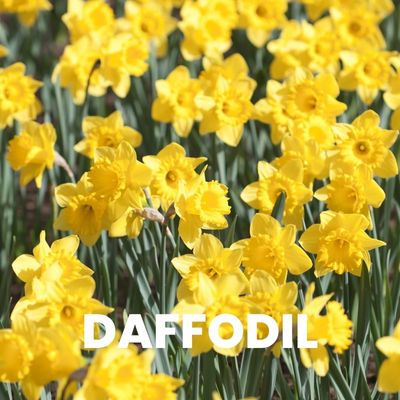
3. Hyacinths (Hyacinthus)
- Bloom Time: Early spring
- Expected Height: 6-12 inches
- Description: Renowned for their rich fragrance and clusters of star-shaped flowers, hyacinths are a garden staple.
- Planting Tips for Hyacinths: Plant 4 inches deep in well-draining soil.
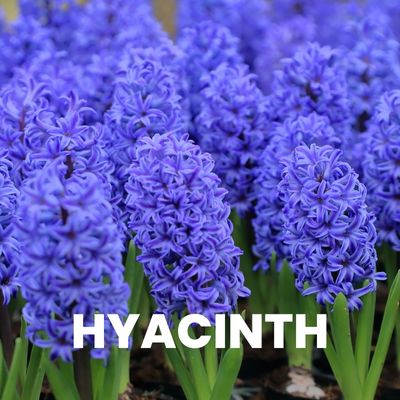
4. Crocus
- Bloom Time: Early spring
- Expected Height: 3-6 inches
- Description: Often the first to bloom in spring, they come in shades of purple, yellow, and white.
- Planting Tips for Crocus: Plant 2-4 inches deep in a sunny or partially shaded spot.
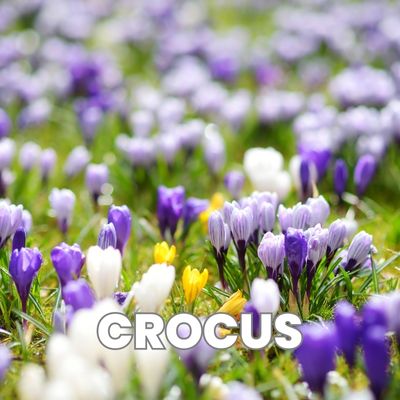
5. Sword Lily (Gladiolus)
- Bloom Time: Late spring to early summer
- Expected Height: 2-5 feet
- Description: Tall, striking flowers in various colors, perfect for adding height to your garden.
- Planting Tips for Gladiolus: Plant in a sunny spot about 4 inches deep.
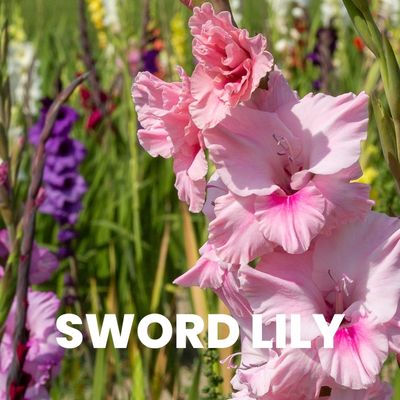
6. Snowdrops (Galanthus)
- Bloom Time: Late winter to early spring
- Expected Height: 3-4 inches
- Description: Delicate white blooms that often emerge through late snowfalls.
- Planting Tips for Snowdrops: Plant 3 inches deep in a shaded or partially shaded location.
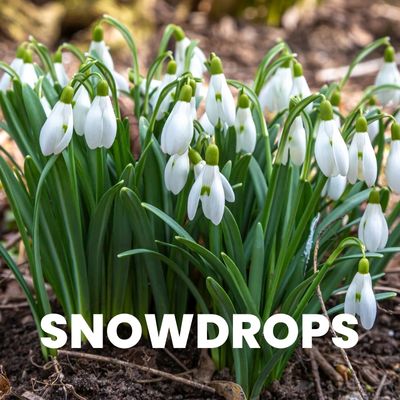
7. Iris reticulata (Dwarf Iris)
- Bloom Time: Early spring
- Expected Height: 4-6 inches
- Description: Vibrant blue or purple petals with yellow markings make these miniature irises a garden favorite.
- Planting Tips for Dwarf Iris: Plant 3 inches deep in a sunny location.

8. Muscari (Grape Hyacinth)
- Bloom Time: Mid-spring
- Expected Height: 6-8 inches
- Description: Tiny, urn-shaped blue or purple flowers resembling clusters of grapes.
- Planting Tips for Grape Hyacinth: Plant 3 inches deep in well-draining soil.
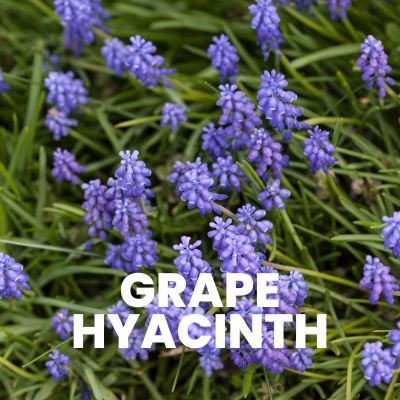
9. Crown Imperial or Checkered Lily (Fritillaria)
- Bloom Time: Mid to late spring
- Expected Height: 1-3 feet
- Description: Unique bell-shaped blooms, often with checkered patterns, can be a garden centerpiece.
- Planting Tips for Crown Imperials: Ensure good drainage and plant 4 inches deep.
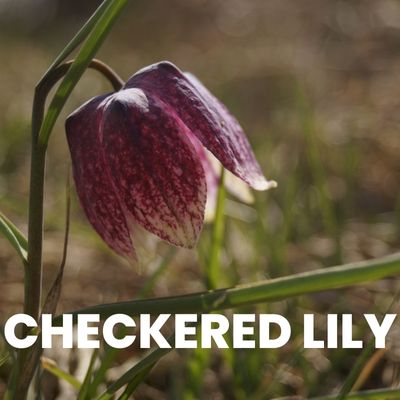
10. Bluebell or Squill (Scilla)
- Bloom Time: Early spring
- Expected Height: 3-6 inches
- Description: Produces dainty blue flowers, creating a sea of blue when planted en masse.
- Planting Tips for Bluebells: Plant 3-4 inches deep in a sunny or partially shaded spot.
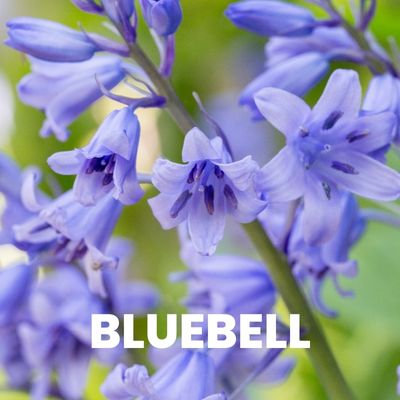
The Takeaway: Plant These 10 Flower Bulbs in September for a Dazzling Show of Springtime Color
By planting these bulbs in September, you’re setting the stage for a garden that will burst with color and life come spring. Always prioritize locations with good drainage to ensure the health of your bulbs.
For any assistance or inquiries about planting, Tayloe’s Lawn Care Services is here to help. So feel free to contact us at 252.287.3375 (voice or text) or follow us on Facebook for more lawn care, gardening, and landscaping tips.
Author Profile

- Deborah Tayloe is the CEO and co-founder of Tayloe's Lawn Care Services, LLC. She has a B.S.Ed and holds certificates in soil and water management and herbology from accredited programs.
Latest entries
 GardeningSeptember 27, 2025What perennials, shrubs, and trees don’t like fall pruning (and why)?
GardeningSeptember 27, 2025What perennials, shrubs, and trees don’t like fall pruning (and why)? Trees and ShrubsSeptember 14, 2025Fall Shrub Pruning Guide (September–October)
Trees and ShrubsSeptember 14, 2025Fall Shrub Pruning Guide (September–October) Trees and ShrubsApril 22, 2025Boxwood Blight: Early identification and isolation
Trees and ShrubsApril 22, 2025Boxwood Blight: Early identification and isolation Flower GardenApril 8, 2025John F. Kennedy Rose: Hybrid tea rose with elegant white blooms
Flower GardenApril 8, 2025John F. Kennedy Rose: Hybrid tea rose with elegant white blooms






